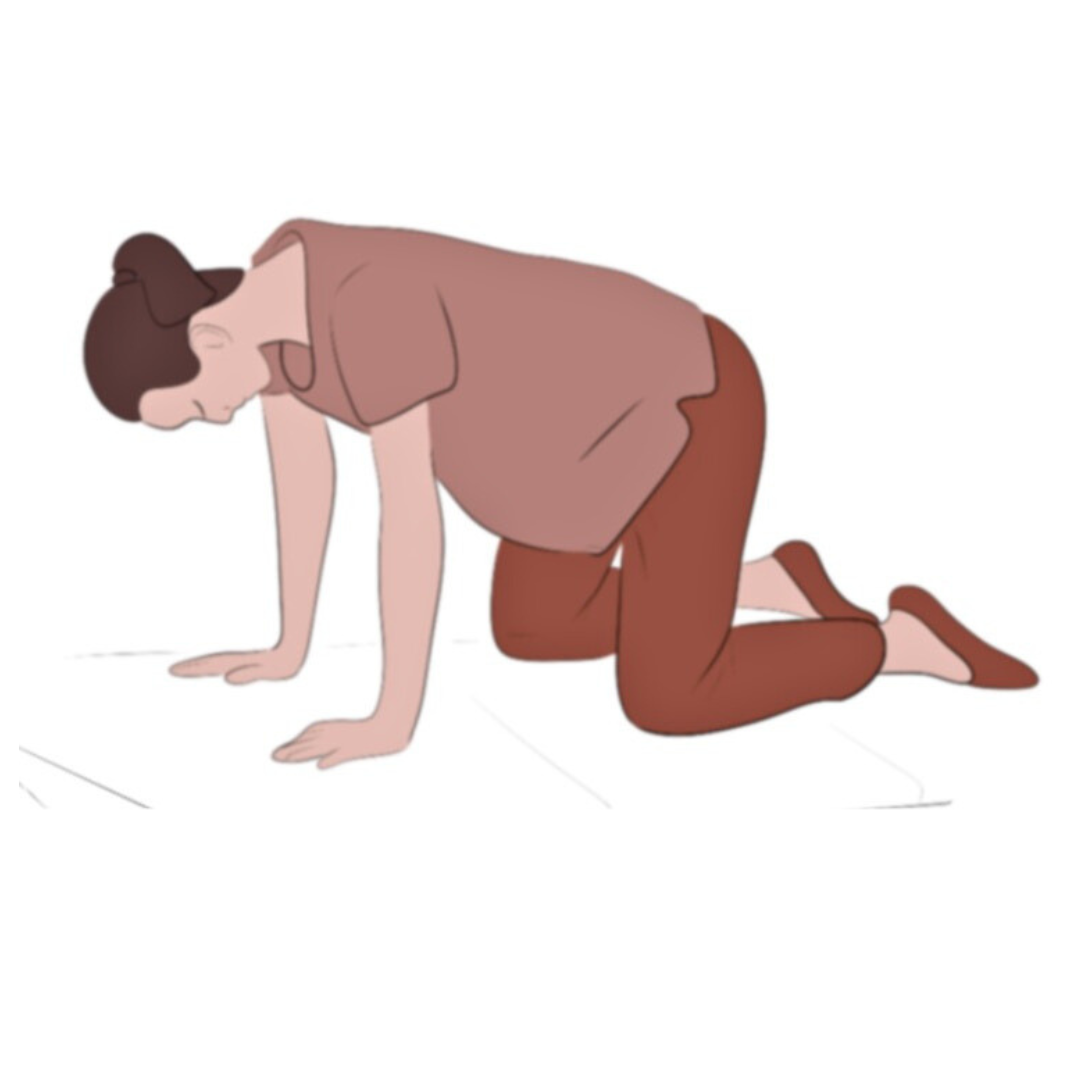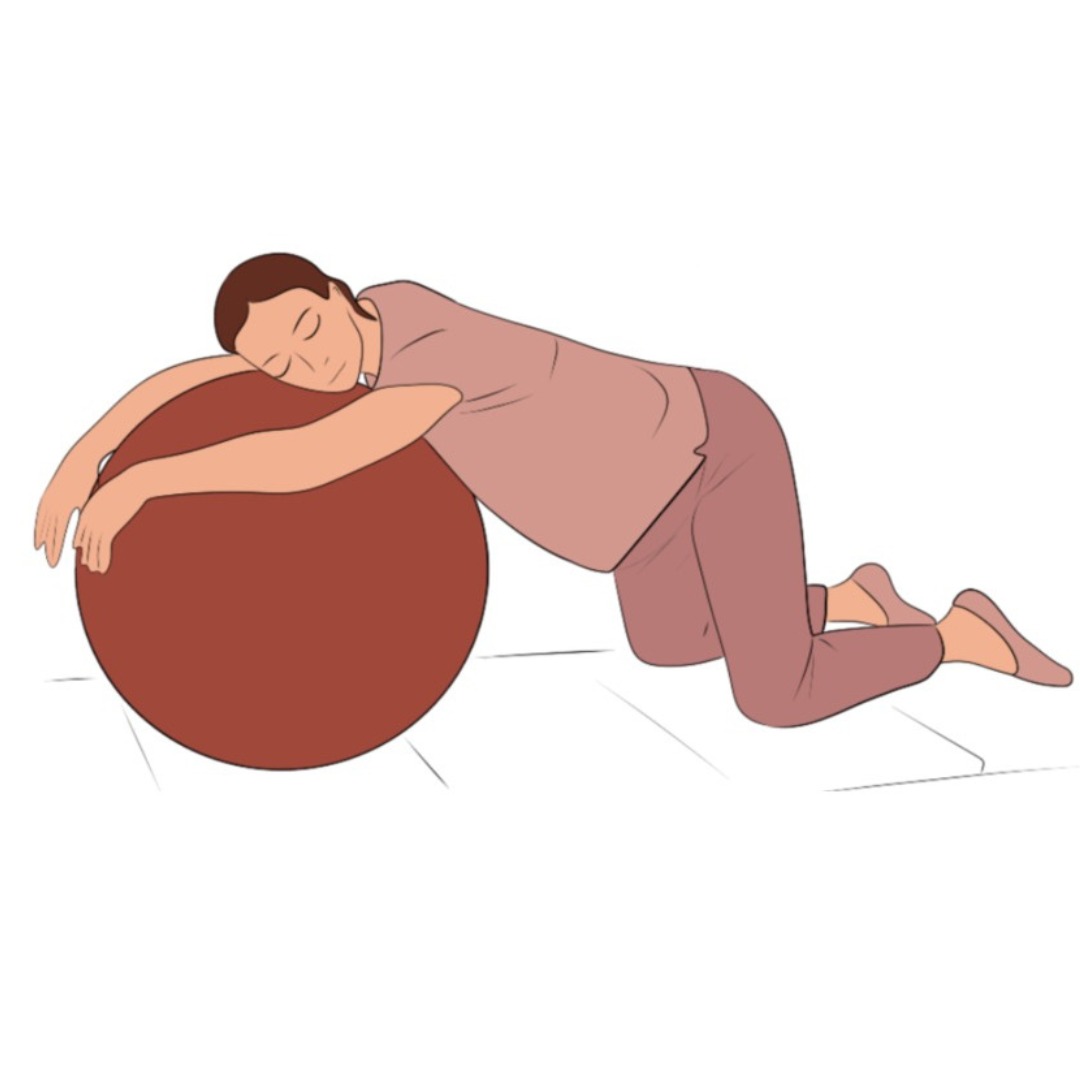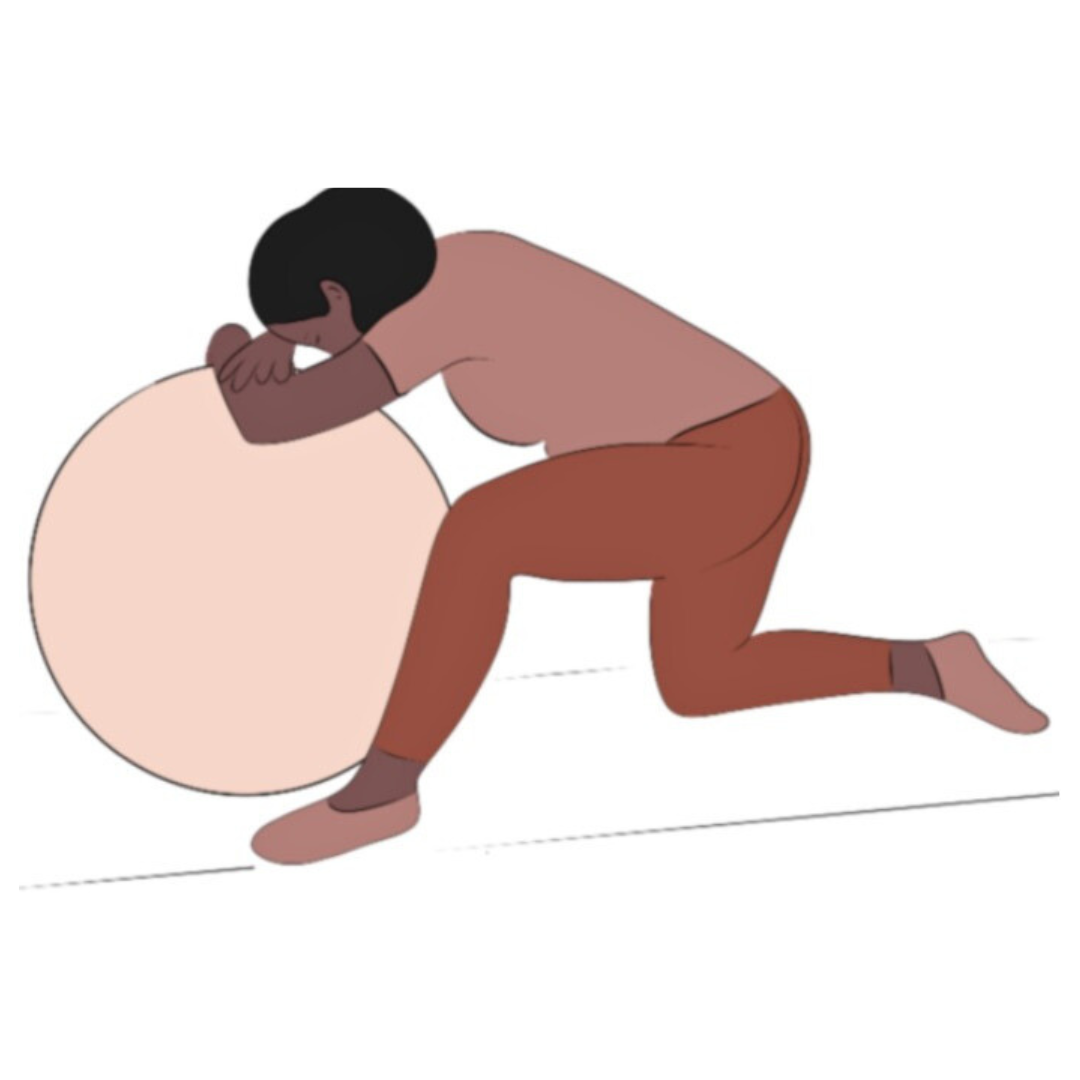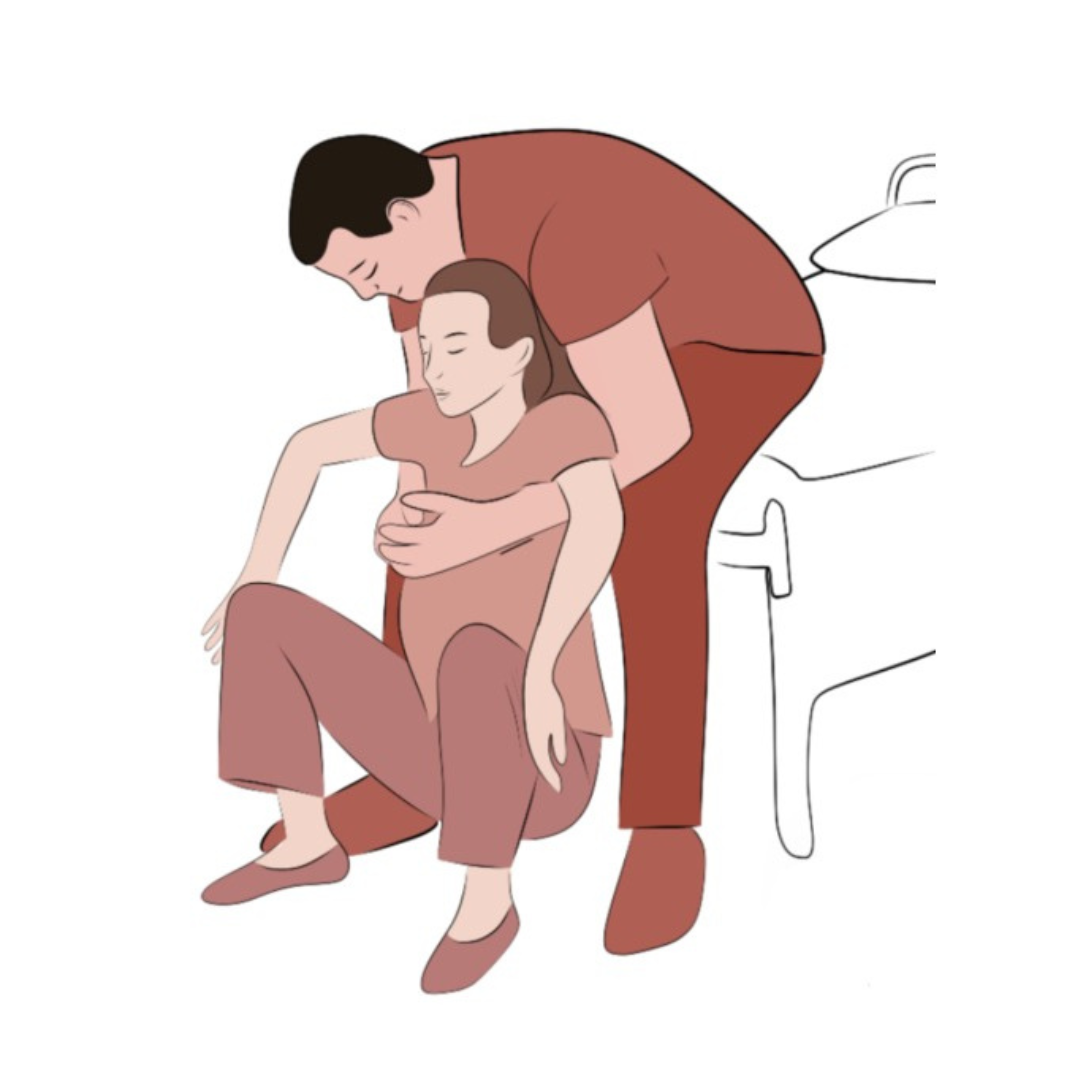Labor & Delivery Considerations: Preparing for the first stage of labor
What is the first stage of labor and what would be helpful to consider when the time comes?
The time has finally arrived - it’s go time! After many months of pregnancy and anticipating the arrival of your sweet little one, you are finally in labor. It is normal to feel a wide array of emotions as you realize the time has come and you are face-to-face with the challenging, beautiful, painful, and empowering (and so much more) process that is labor and delivery. At Materra Method, we believe knowledge is power, so the more you know, the more empowered and confident you can feel in your decisions throughout this entire process.
The first stage of labor is the onset of active labor up to 10 cm dilated. The second stage of labor is the pushing. The first stage is often the longest part of active labor and is the time it can be very beneficial to have this knowledge of effective positions and movements to assist your baby down and out, utilize pain management techniques, and engage in helpful breathing patterns.
The following considerations are specifically related to the first stage of labor. Stay tuned for more information on considerations during the second stage of labor.
Four Considerations During the First Stage of Labor
-
Some of the key principles to consider as you progress through the first stage of labor are: remain upright and moving for as long as is comfortable (walking, slow dancing, squats, movements on the exercise ball, etc.), change your position every 20-30 minutes to help your baby descend and move down through the pelvis, and maintain a relaxed pelvic floor during contractions.
-
One important consideration is how you should position your back and pelvis during the first stage of labor. The top of the pelvis is the first structure that your baby needs to engage to begin the descent through the pelvis. In order to open the top of the pelvis during this first stage, you want a wide knee position, flexed (rounded) low back, and a tucked pelvis/buttocks.
-
Perform slow, deep breathing in comfortable positions to calm your nervous system. While you are exhaling, make a deep low-pitch sound to prompt pelvic floor relaxation and full body release - try a “HUUMM” or “OHMM”, and practice this before you are in labor!
Diaphragmatic Breathing: utilize a 4-8 second count for both the inhale and exhale.
Box Breathing: utilize a 4 second count for each stage - see below.
-
Unclench your jaw! Your pelvic floor and jaw are highly connected, so when we clench one, we often clench the other. And remember, a relaxed pelvic floor is the goal during the first stage of labor.
Soften your face and forehead, lower and relax your shoulders, and gently wiggle your fingers and toes to release any excess tension your body may be holding onto.
Diaphragmatic Breathing
Perform slow, deep breathing in comfortable positions to calm your nervous system. Utilize a 4-8 second count for both the inhale and exhale. While inhaling, let your belly and pelvic floor expand and relax. While exhaling, let your belly and pelvic floor release and return to neutral. Don’t contract! (aka Kegel)
Box Breathing
Inhale for 4 seconds. Hold for 4 seconds. Exhale for 4 seconds. Pause and wait for 4 seconds before taking another breath in to repeat. This technique is also helpful in calming the nervous system and providing you with more control over your breathing patterns to help with pain management.
Five Movements for the First Stage of Labor
These five movements are ones we commonly do at Materra Method that can help you prepare for the first stage of labor. See images below for reference.
Hands and knees rock backs
Hands and knees rocking (front to back and side to side) supported on an exercise ball
Supported upper body half lunge rocking supported on an exercise ball
Deep squat to the floor with hand support on a stable surface
Partner supported deep squat with side to side shifts
*Remember - wide knees, a rounded low back, and a tucked pelvis/buttocks is the ideal position during the first stage of labor.
An exercise ball is a great prop to perform rhythmic movements to open the hips and pelvis and allow your baby to descend into the pelvis. Perform the following bonus movements while seated on an exercise ball: seated pelvic circles, front to back and side to side shifts, and figure-8’s.
Epidural positions to consider and discuss with your provider.
The standard position following an epidural injection is lying on your back. However, alternative options can be considered and discussed with your provider. The amount of support required will depend on the strength of the epidural and safety considerations. Discuss this with your provider as part of your birth plan and preferences prior to actually being in active labor, as it will depend on their preference and comfort level as well.
Potential epidural positions include: supported hands and knees, side-lying with a peanut ball between the knees, supported tall kneeling, lying on your back.
No matter how you birth, you should feel so incredibly proud of yourself.
Labor and delivery is one of the most difficult AND rewarding experiences. We hope you feel more empowered and confident with this knowledge regarding the first stage of labor as you prepare for this process. At Materra Method, we are committed to supporting you every step of the way, labor and delivery included! Stay tuned for part two of this blog to learn helpful tips during the second stage of labor (the pushing) as well.










